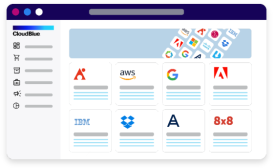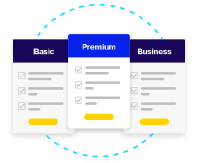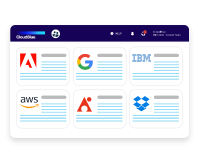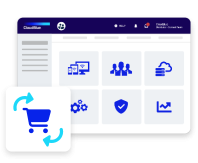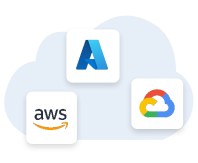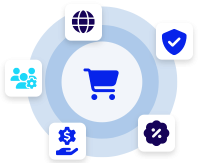Revenue Lifecycle Management (RLM) refers to the end-to-end process of managing and optimizing a company’s revenue streams throughout the customer journey. It encompasses all activities involved in generating, recognizing, and sustaining revenue, from customer acquisition and contract management to billing, renewal, and upselling. RLM is critical in industries that operate on subscription-based models, such as software as a service (SaaS), where maintaining recurring revenue is essential to long-term success.
The revenue lifecycle starts with customer acquisition, which involves marketing, sales, and onboarding activities aimed at securing new clients. Once a customer is onboarded, the focus shifts to managing contracts, ensuring that pricing, terms, and service agreements are clear and correctly implemented. Accurate billing and invoicing are key components of RLM, as they ensure that customers are charged appropriately based on their usage or service tier.
In addition to billing, RLM includes revenue recognition, which ensures that businesses follow accounting standards when recording income. This is particularly important in SaaS, where revenue is recognized over the duration of a subscription rather than upfront. Managing renewals and customer retention is also part of RLM, as companies aim to minimize churn and encourage contract extensions or upgrades.
RLM often utilizes automated systems to streamline processes and minimize errors in billing, invoicing, and revenue tracking. These systems provide real-time insights into financial performance and help companies optimize their pricing strategies, improve cash flow, and ensure compliance with regulations. Effective RLM helps businesses maximize revenue, enhance customer relationships, and maintain financial stability.

